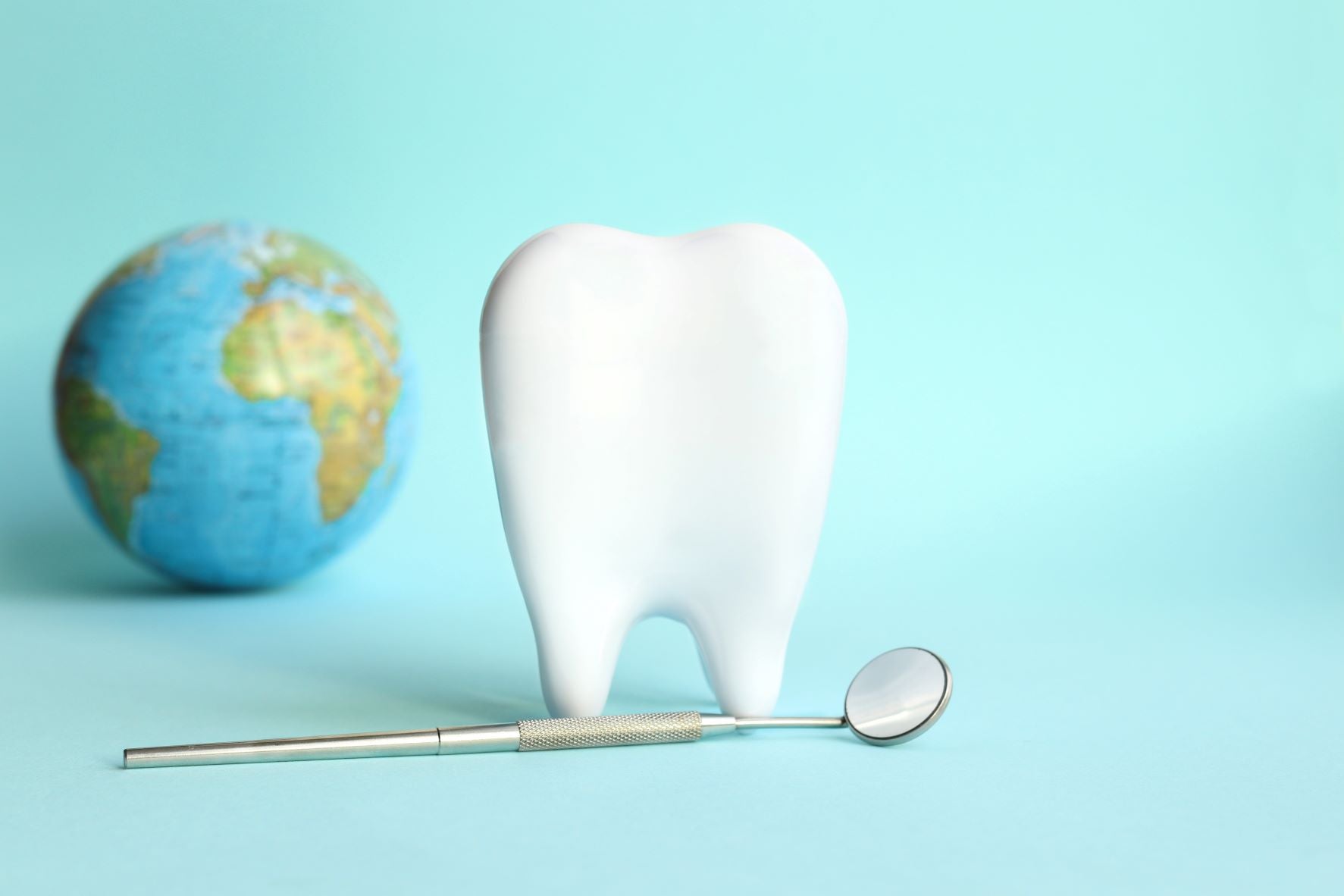- All posts
- 8 Media Venture
- althetics
- aMMP8
- Annimari Korte
- Antibiotic resistance
- Apotek Härtat
- Aqua Dental
- athlete
- Award
- Baltics
- Bonnier
- Bonnier News
- Brain health
- Business
- Cancer
- cardiovascular disease
- caries
- Chemo therapy
- children
- collaboration agreement
- Croatia
- Denmark
- Denta
- Dental erosion
- Dentex
- diabetes
- Dual Light
- Duodecim
- EFP
- EFR
- Estonia
- EuroPerio
- event
- Expodental
- FIBO
- fund raising
- general health
- Gingivitis
- Gum disease
- HAP
- HealthHub Pharma
- HIDES
- Hospital infections
- hospital-acquired pneumonia
- IBD
- Iceland
- IDS COLOGNE
- implantology
- invest
- investment
- italy
- Koite Health
- Latvia
- Lithuania
- lumoral
- Lumoral App
- Lumoral Junior
- Maritime industry
- Media
- MegaGen
- Movie
- News
- Nordic markets
- Nordics
- O
- Olympics
- Oral health
- Oral hygiene
- Oral mucositis
- Patent
- PDT
- peri-implantitis
- Perio Master Clinic
- Periodontitis
- periodontology
- Photodynamic therapy
- Press
- Ranking
- Romania
- Scandinavian Society of Periodontology
- Science
- Seafarer
- Seedtable
- share issue
- Shareissue
- Siblings movie
- Spain
- spots
- Stroke
- Study
- sweden
- Tartar
- techtour
- Thailand
- UK
- United States
- Valentine's Day
- WHO
- World Cancer Day
- World Health Day
- World Heart Day
- world oral health day
- World Smile Day

Finnish health technology company Koite Health Oy has signed a distribution agreement with Dental Warehouse Ltd. of the UK. Following the accord, Dental Warehouse will offer UK consumers and oral h...

World Health Day highlights the need for oral health-related knowledge of health professionals
The link between oral and general health is widely understood, but is this reflected in Finland's health care system and people's oral health? To mark World Health Day, Jukka Meurman, Professor Eme...

WHO: Oral health is a key indicator of overall health, well-being, and quality of life
Why is oral health so important for everyone? The mouth is the “starting point” of the body’s defense and immunity system. When oral health is compromised by disease or injury, general health is al...

A new Global Oral Health Status Report published on November 18, 2022 by the World Health Organization (WHO) shows that almost half of the world’s population (45% or 3.5 billion people) suffer from...